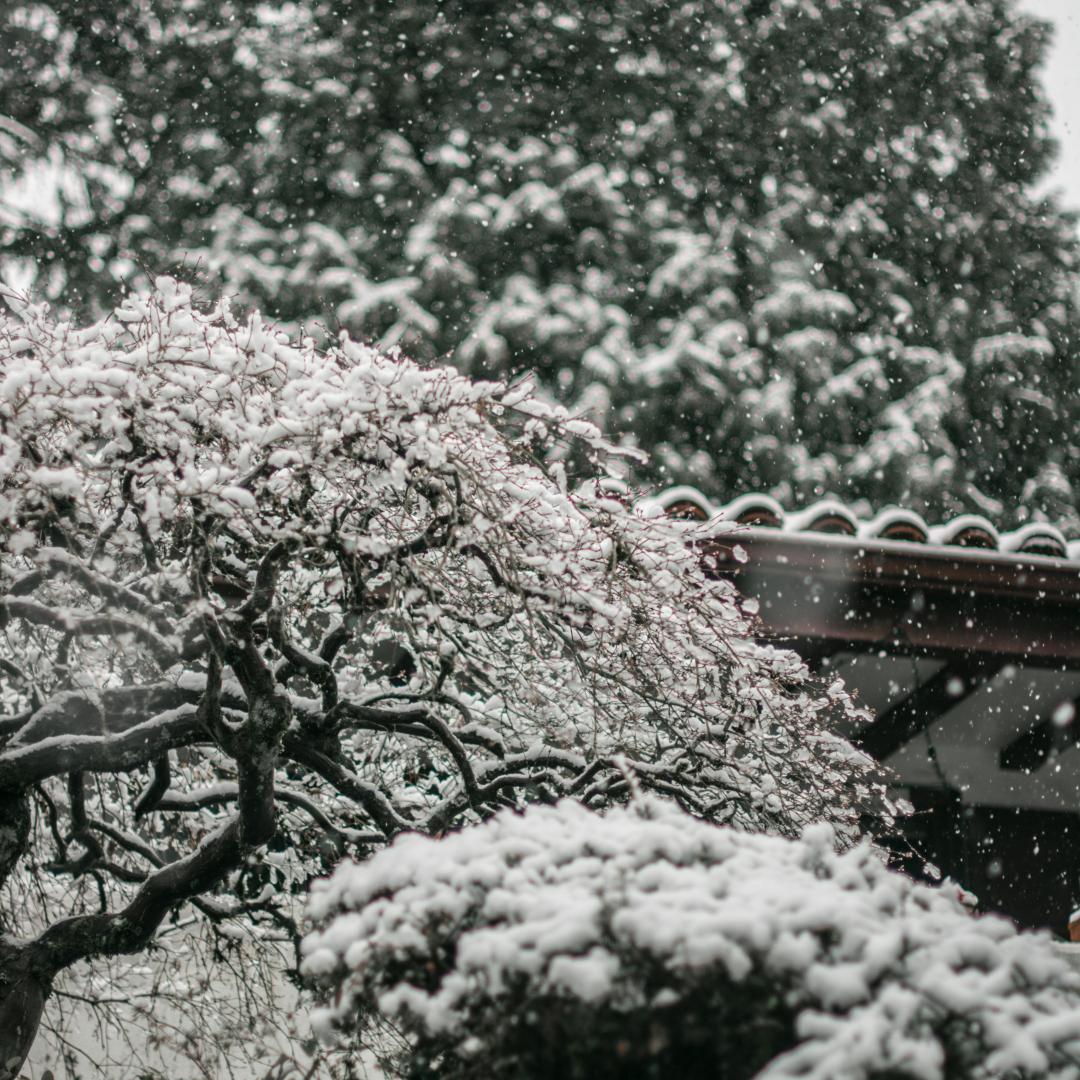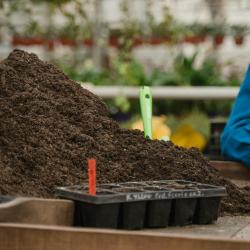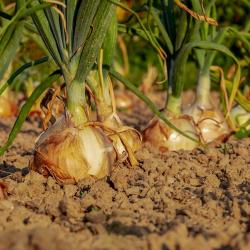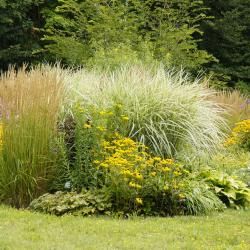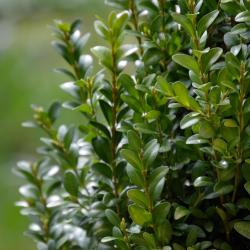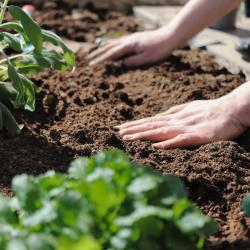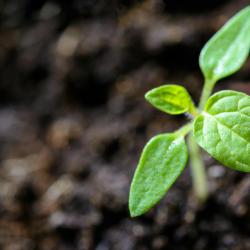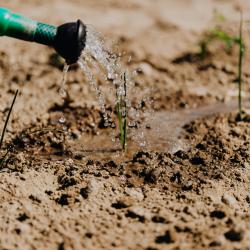Winter Gardening: How to Protect Your Plants in Cold Weather
As the days shorten and temperatures plummet, many gardeners face the daunting challenge of protecting their treasured plants from the harsh realities of winter. While the season poses significant challenges, it doesn't necessarily spell doom for your garden. With careful planning and the right strategies, you can ensure your plants not only survive but thrive when spring arrives. Here's a guide to winter gardening and safeguarding your plants through the cold months.
Understanding Your Climate
The first step in winter gardening is understanding your local climate. This knowledge helps determine which plants are at risk and what kind of protection they might need. Familiarize yourself with your area's hardiness zone, and use that as a guideline for plant selection and preparation methods.
Choose the Right Plants
Selecting plants that are naturally resistant to cold weather is crucial. Perennials, shrubs, and trees native to your region are generally better equipped to withstand local winter conditions. Consider hardy varieties like kale, Brussels sprouts, and some types of cabbages for veggies, as these can tolerate frost and continue to grow in cooler temperatures.
Insulation Techniques
-
Mulching: One of the most effective ways to protect plants is through mulching. Applying a thick layer of organic mulch, such as straw, shredded bark, or leaves, helps regulate soil temperature and retains moisture. It also provides a barrier against frost.
-
Row Covers and Cloches: Using fabric row covers or plastic cloches can safeguard plants from frost and wind. These methods create a microclimate that is slightly warmer than the ambient air temperature, protecting delicate foliage and stems.
-
Cold Frames and Greenhouses: For more significant protection, consider installing cold frames or greenhouses. These structures enable year-round gardening by trapping heat from the sun and warming the air around your plants. Portable or DIY versions are available for most garden sizes.
Watering Wisely
While it's essential to keep your plants hydrated, be wary of overwatering. Water your garden before the first heavy frost to ensure the soil remains hydrated during dry winter months. Moist soil retains heat better than dry soil, which provides some insulation to the roots. Always water during the warmer part of the day to prevent the water from freezing.
Protecting Containers and Pots
Container plants are particularly vulnerable because their roots are above ground and more exposed to freezing temperatures. Group pots together to maintain warmth and wrap them in burlap or bubble wrap for added insulation. Moving them closer to a building wall or under an overhang can also help reduce exposure to extreme conditions.
Pruning and Maintenance
Trim back dead or diseased branches in the fall, but avoid heavy pruning right before winter, as this can stimulate new growth susceptible to frost damage. Instead, wait until late winter or early spring to perform substantial pruning, preparing plants for the growing season ahead.
Utilizing Anti-Desiccant Sprays
For evergreen shrubs, consider using anti-desiccant sprays. These sprays help reduce moisture loss through leaves, offering protection against the drying effects of winter wind and sun.
Monitoring Weather Conditions
Keep a close eye on weather forecasts and stay prepared to take action as conditions change. For unexpected cold snaps, additional coverings or heat sources like heat lamps may be necessary for vulnerable plants.
Conclusion
Winter doesn’t have to be a time of dormancy for your garden. By implementing these protection strategies, you can help your plants endure the colder months and emerge healthier in spring. With preparation and care, winter gardening can be another fruitful chapter of your gardening journey.
Remember, every garden is unique, so consider these guidelines and adapt them to best suit your environment and specific plants. Happy winter gardening!
